When it comes to executing a specialised job like adding touch up paint for cars, there are several techniques available out there, each with its pros and cons. One of them is spray painting. Even within spray painting, there exist several techniques that have their advantages and disadvantages.
The right choice of a spray paint technique by your car service goes a long way in ensuring you save precious time, energy, and money getting the same job done again and that you and your car are the center of attraction when out on the road. Therefore, it becomes crucial you understand the different types of spray painting techniques so that you can choose the best one based on your needs and budget.
Understanding Different Spray Paint Techniques
For a long time, spray painting has been the preferred choice among auto manufacturers and service centers worldwide as it is comparatively cheaper and can be used on various vehicles. Let's understand the different techniques of spray painting one by one below.
1.) Air-Atomised Spray Painting Technique
The air-atomised technique is a traditional and the most commonly used spray painting technique. Under this technique, a spray gun or applicator containing a combination of liquid flow and compressed air is used to coat the resultant mixture onto the intended surface.
The biggest advantage of using the air-atomised technique to touch up paint for cars is the flexibility to customise and control the equipment per the operator's comfort level, making it convenient for use on any surface. The drawbacks of using the air-atomised technique include:
- Significant paint loss.
- Low transfer efficiency of the spray gun.
- The need to exhaust spray booths regularly to prevent workers from getting exposed to hazardous chemicals.
2.) Airless Spray Painting Technique
Under this method, instead of combining liquid flow and compressed air to create pressure, the applicator drives the paint particles through a small opening at a much lower speed, resulting in less paint loss than the air-atomised technique.
While it offers many advantages over the traditional method, the airless spray painting technique has its share of drawbacks, most notable being frequent equipment maintenance and the need for high levels of operator competence.
3.) High-Volume, Low-Pressure (HVLP) Spray Painting Technique
Under this method, the spray gun delivers high volumes of low-pressure air into the applicator. Unlike the air-atomised technique, the HVLP technique results in less overspray and wastage. The downside is that the HVLP technique requires highly-skilled labour with high precision levels because of the increased transfer efficiency.
4.) Electrostatic Spray Painting Technique
Under this method, the applicator applies a high voltage charge to the paint particles, causing them to draw towards the surface and wrap around it.
The electrostatic spray painting technique offers several advantages, like increased transfer efficiency, smooth coating, and reduced paint loss. On the downside, its use is limited as the electrostatic equipment is designed only for paints with a specific conductivity level and requires high precision levels. Additionally, this method increases the risk of fire in the workplace.
BCS Auto Paints is a leading supplier of DIY touch-up paints for vehicles of all makes and models throughout Australia. Whether it is touch up paint for cars, bikes, vans, SUVs, or Utes, we have over one million paint codes to cater to all your needs. For more information on our products and to order, please visit https://bcsautopaints.com.au/ or call us at 1300 996 950.
